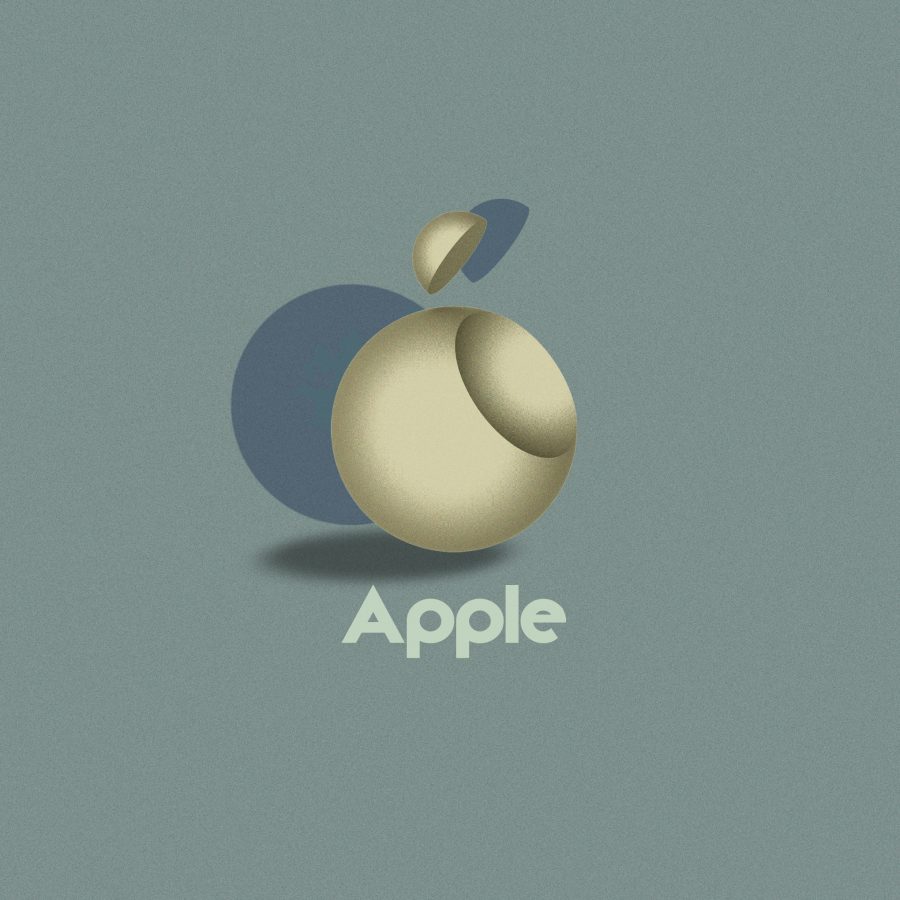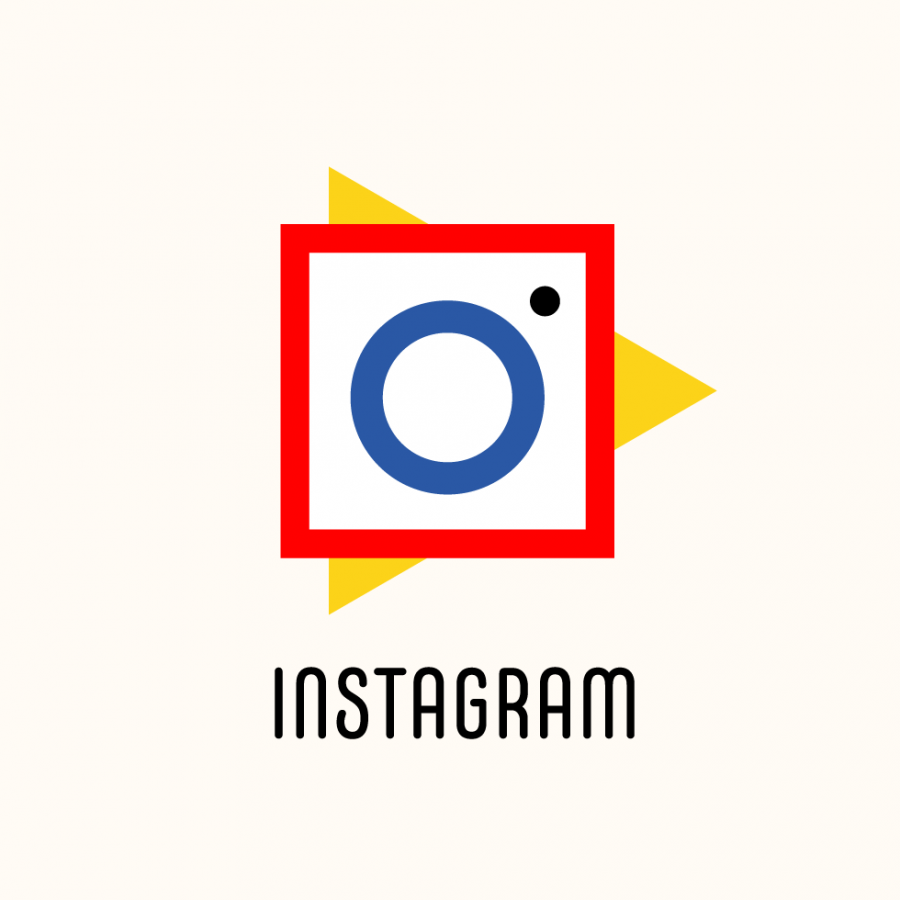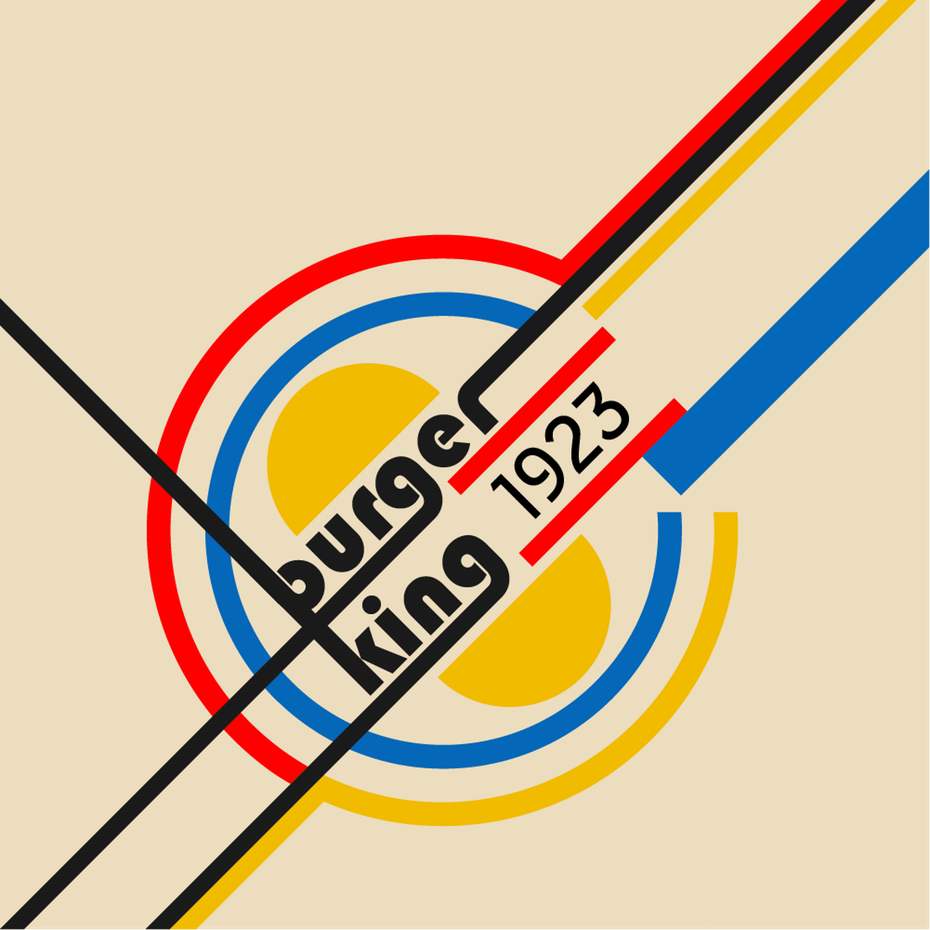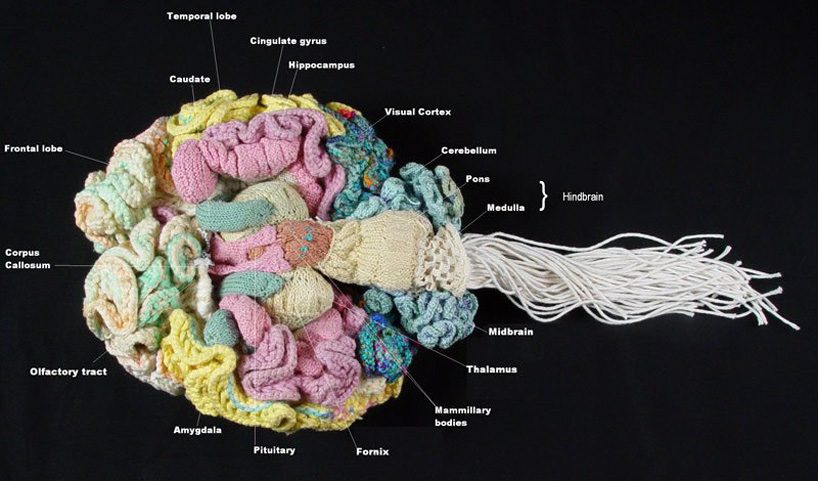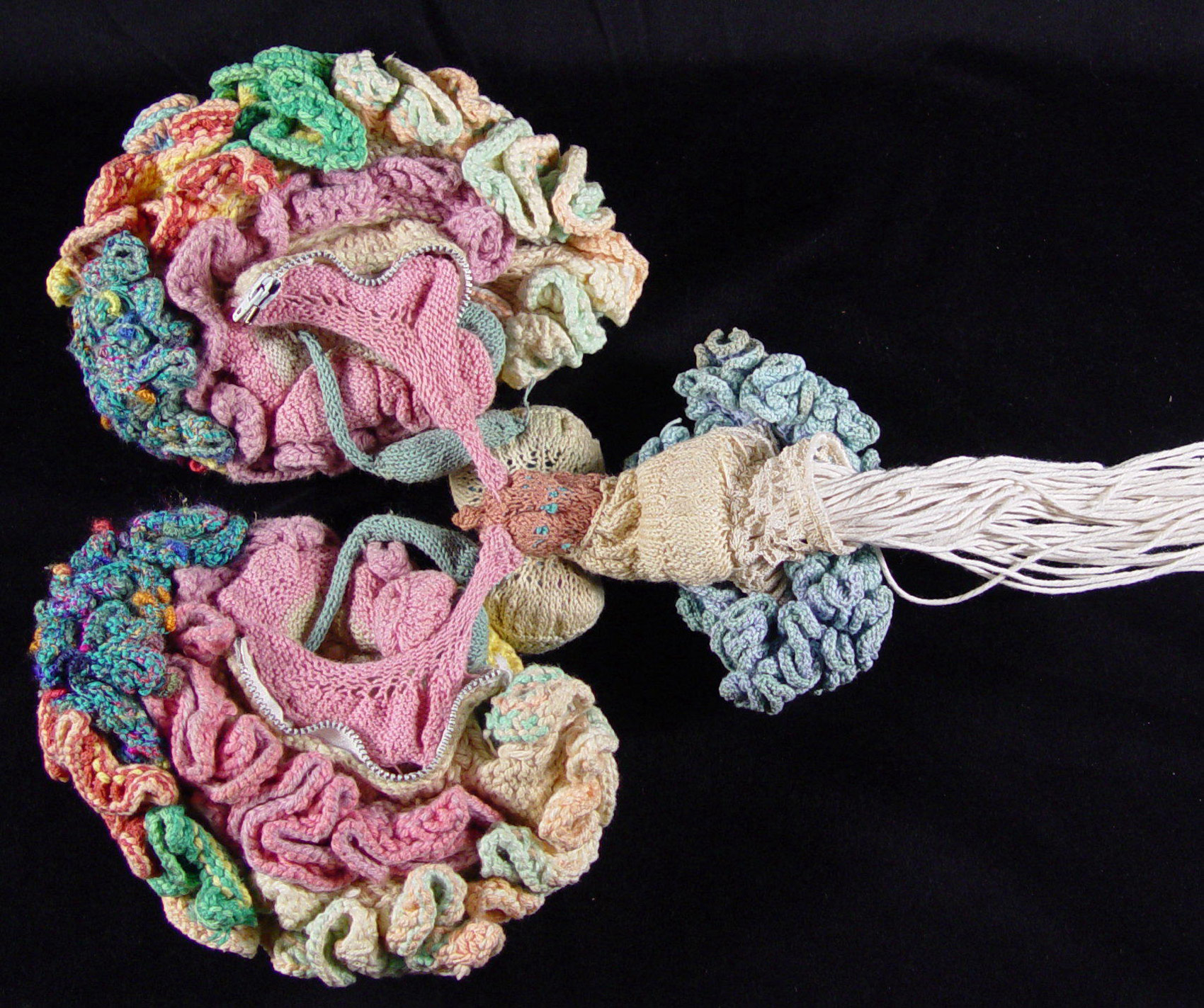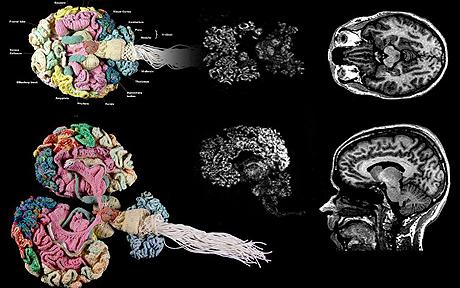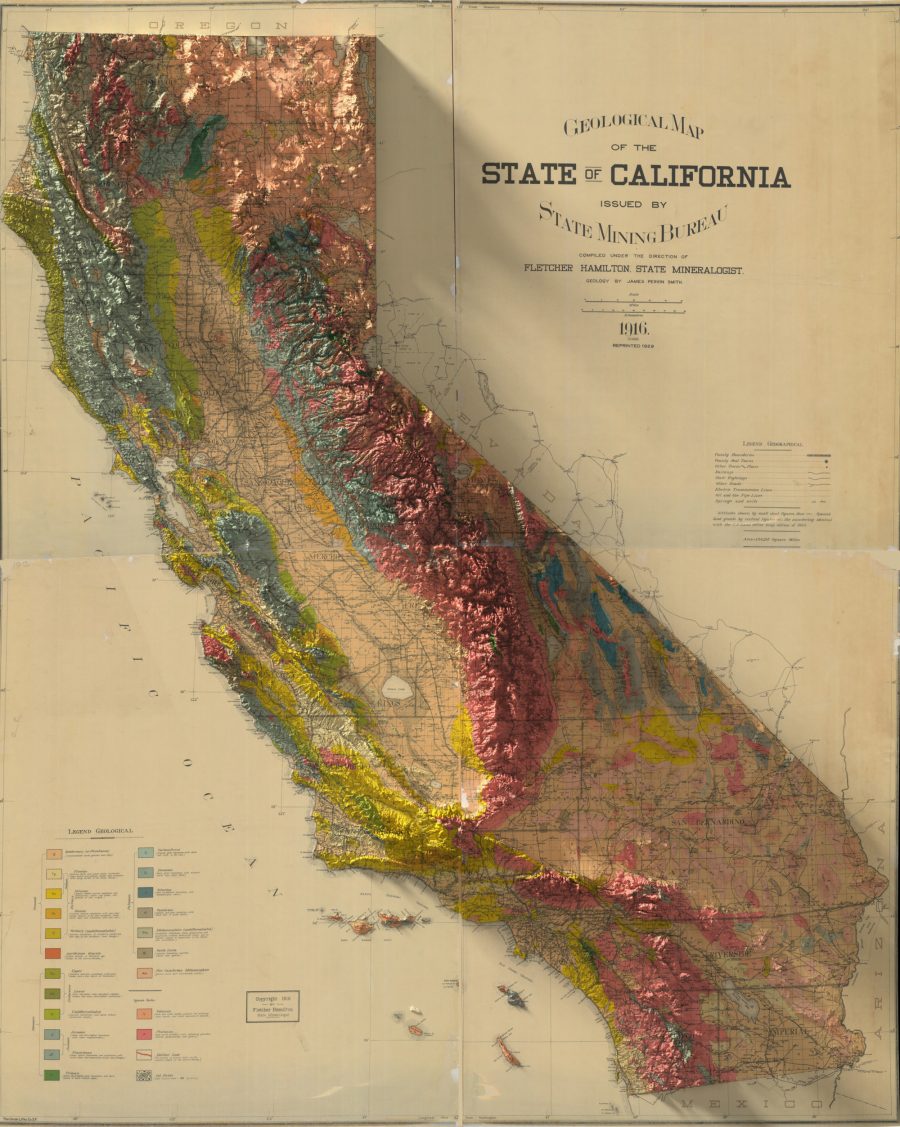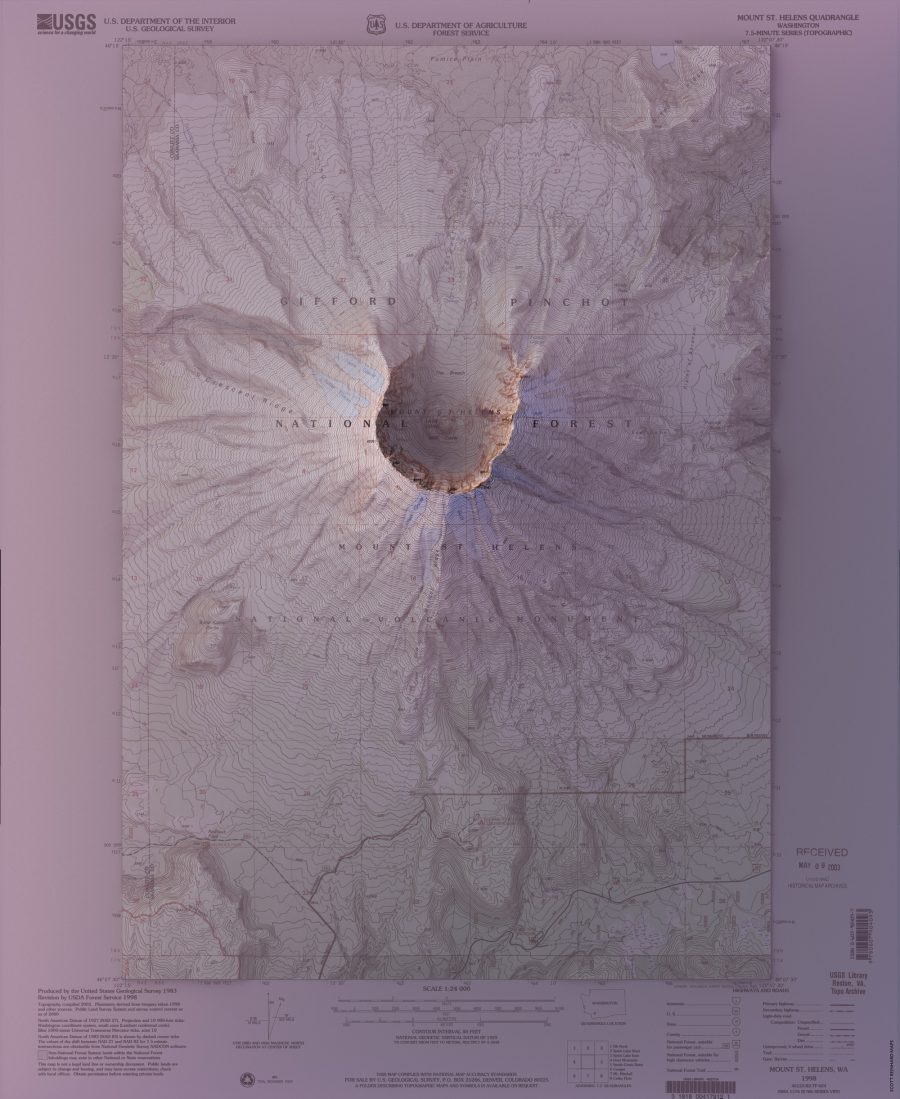The design firm IDEO was founded in 1991, which may not sound like an especially long time ago, but consider it in technological terms: what kind of devices were we using in 1991? How did they look and feel? Chances are not just that the phone and computer you now carry around bear no resemblance to the ones you would have carried around — not that most of them could be carried around — 28 years ago, but that your furniture and household appliances have changed as well. And think, too, of your everyday experiences with shopping, medical care, and government services: some have transformed, usually for the better, and if others haven’t, it’s probably not a good thing that they’ve stayed the same.
IDEO has worked on the design of products and services in all those fields and others, and has indeed done much to redefine the field of design itself. The company’s founders and employees tell the story in their own words in the short documentary video IDEO and a Story of Design above, which focuses on IDEO’s achievements in changing the way we think about design (exemplified by the time they redesigned the humble shopping cart on Nightline).
And though IDEO as a corporate entity has only existed since the early 1990s, it has deeper roots in the history of design, appearing as it did as a merger of four existing firms, David Kelley Design, ID Two, Matrix Product Design in California, and Moggridge Associates in London. Kelley, who’s also a professor at Stanford, appears in the video not only to remember IDEO’s founding, but also to talk about its future.
So does Tim Brown, who after nineteen years as IDEO’s CEO announced last week that he will step down, passing the position on to former global managing director Sandy Speicher. When IDEO enters a world, Speicher says in the video, “we bring our creative lens, imagining how we can make that world better. I’m careful about words like ‘solution’ or ‘the answer,’ because these are people-based systems.” That remark, as well as the others made by the variety of IDEO people — in a variety of accents befitting a now-global firm with nine locations around the world — provide a glimpse into IDEO’s mutually inseparable corporate culture and its conception of design. And if all their talk about reinvention, responsiveness, and asking the big questions sounds a bit high-flown, most of it may come down to an old saying that holds up in every domain just as well today as it did in 1991: There’s always room for improvement.
Related Content:
Free: A Crash Course in Design Thinking from Stanford’s Design School
Download 20 Free eBooks on Design from O’Reilly Media
Saul Bass’ Advice for Designers: Make Something Beautiful and Don’t Worry About the Money
Paola Antonelli on Design as the Interface Between Progress and Humanity
Dieter Rams Lists the 10 Timeless Principles of Good Design–Backed by Music by Brian Eno
Based in Seoul, Colin Marshall writes and broadcasts on cities, language, and culture. His projects include the book The Stateless City: a Walk through 21st-Century Los Angeles and the video series The City in Cinema. Follow him on Twitter at @colinmarshall or on Facebook.
